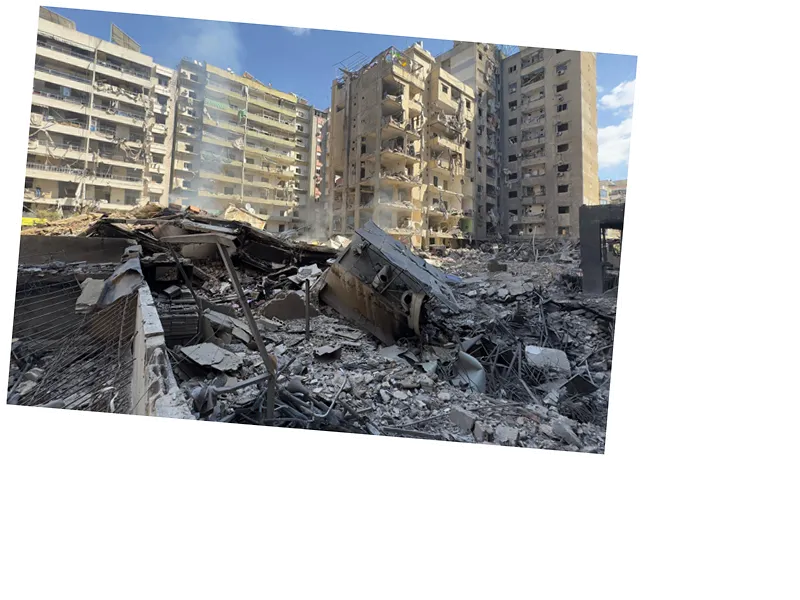Israel's Dahiya Doctrine: A Strategy of Excessive Force and Total Destruction
The Dahiya Doctrine, a controversial Israeli military strategy, has been characterized by its reliance on deterrence through excessive force and the systematic destruction of civilian infrastructure. This doctrine aims to pressure governments and hostile groups by inflicting widespread damage, a tactic first employed during the 2006 war in Lebanon. Named after the Dahiya suburb in Beirut, where Hezbollah's headquarters are located, the doctrine has since been applied in various conflicts, particularly against Palestinian resistance in Gaza and the West Bank.
The origins of the Dahiya Doctrine can be traced back to Israel's military engagements since the 1948 war, evolving into a strategy that promotes the use of overwhelming force as a legitimate means to eliminate perceived threats. The doctrine was officially articulated by former Israeli Chief of Staff Gadi Eisenkot during the 2008 Gaza conflict, when he emphasized that any area supporting enemy forces would be treated as a battlefield, justifying the destruction of civilian areas to achieve military objectives.
The principles of the Dahiya Doctrine are rooted in two key concepts: the disproportionate use of firepower and the complete destruction of infrastructure in areas identified as hostile. Analysts note that this approach not only aims to inflict heavy costs on adversaries but also seeks to sever the connection between armed groups and their civilian support base. This strategy has often involved collective punishment, resulting in significant civilian casualties and destruction of vital infrastructure, including homes, hospitals, and schools.
Historical Context and Impact
The implementation of the Dahiya Doctrine has had devastating consequences, particularly in Lebanon and Gaza. During the 2006 Lebanon War, Israeli forces launched extensive airstrikes that resulted in over 1,000 deaths and the displacement of nearly a million people, alongside widespread destruction of civilian infrastructure. Reports from organizations such as the International Committee of the Red Cross and Human Rights Watch highlighted the humanitarian crisis that ensued, marking a significant application of the doctrine.
In Gaza, the Dahiya Doctrine has been similarly destructive. Operations such as Cast Lead (2008-2009), Pillar of Cloud (2012), and Protective Edge (2014) have resulted in thousands of Palestinian deaths, including many civilians, and extensive damage to infrastructure. The ongoing conflict following the Al-Aqsa Flood battle in October 2023 has further escalated the application of this doctrine, with estimates indicating over 41,000 deaths and catastrophic destruction of urban areas and essential services in Gaza.
Recent Developments
As of 2024, tensions along the Lebanese-Israeli border remain high, particularly following Hezbollah's involvement in recent conflicts. Israel's military operations have included targeted assassinations of key figures, such as Hassan Nasrallah, employing tactics consistent with the Dahiya Doctrine. The ongoing violence and the strategic use of overwhelming force continue to raise significant ethical and humanitarian concerns, drawing widespread condemnation from various international observers and human rights organizations.





